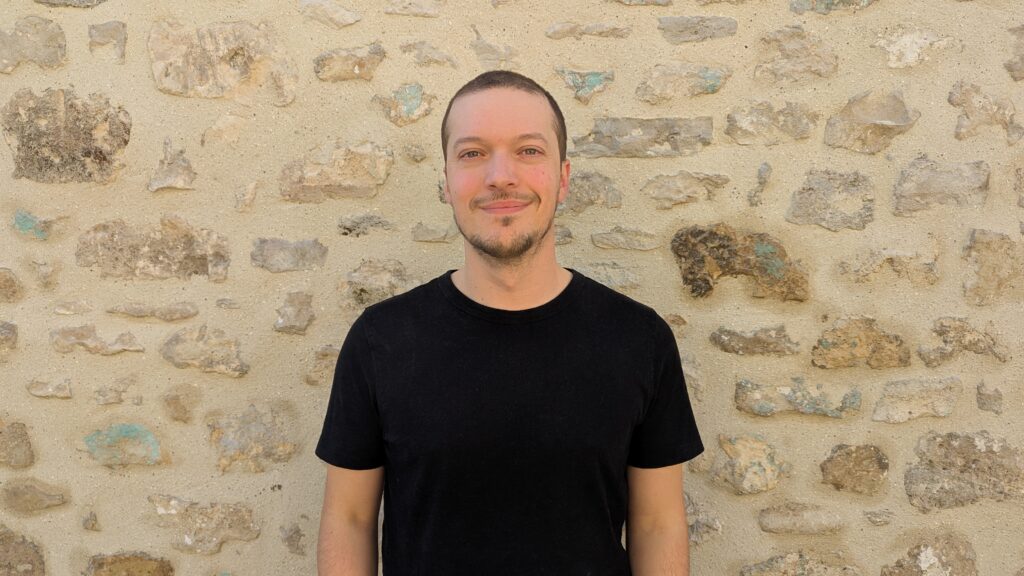Written by Spencer Hulse
November 11, 2025 — In 2015, a small group of researchers founded OpenAI with a radical belief: that artificial intelligence could one day talk to us, not as machines, but as partners. Back then, the idea of meaningful human-AI dialogue was still a fantasy. Siri and Alexa could set alarms, not understand emotion. Chatbots were rule-based scripts pretending to be human. But a quiet revolution was brewing, one that would turn conversation itself into an interface, just as blockchain was beginning to reimagine how humans build trust and identity online.
The result has been nothing short of a paradigm shift. For the first time, interaction with technology feels natural. We no longer command machines, we speak to them. And they respond.
But as the field matured, a paradox emerged. The more human AI became, the more it risked eroding what makes humans unique. In the flood of automation, personalization, and synthetic empathy, one question grew louder: how do we build AI that augments human intelligence without replacing human presence?
That tension has shaped the modern philosophy of conversational AI.
“People think AI’s big challenge is accuracy,” says software engineer and entrepreneur Paul Salmon. “But the real challenge is meaning. How do you make technology understand what truly matters to someone, not just what they said?”
Salmon’s perspective comes from experience. Nearly ten years ago, he was part of the early wave of developers building large-scale Natural Language Processing systems, long before “LLM” became a buzzword. Based in Sydney at the time, he was a young French engineer, thrown into a high caliber team, crawling and summarizing hundreds of thousands of articles daily.
“It was chaos,” he recalls. “There was no ChatGPT, no Hugging Face. We were literally scraping the web, training our own models, testing algorithms that broke every week. We didn’t call it AI yet, it was just math and hope.”
Those early years, when natural language processing was still an unstable science, forged a generation of engineers who learned by constant iteration. They built the first large-scale text classifiers, entity recognizers, and summarizers that later formed the groundwork for machine learning pipelines used across today’s conversational platforms.
When Salmon’s company later moved to San Francisco, the timing couldn’t have been more symbolic. It was 2016, OpenAI had just released its first research papers, DeepMind was
redefining reinforcement learning, and Google’s translation models were quietly transitioning to neural networks. “We all felt something was happening,” he says. “The machines were starting to understand context. That was new.”
From that moment, conversational AI entered its renaissance. By 2020, transformer-based models had conquered benchmarks that once seemed impossible: zero-shot translation, summarization, sentiment detection, and dialogue generation. Yet the real revolution wasn’t in performance, it was in accessibility. For the first time, small teams could build intelligent assistants, customer support bots, or productivity tools without needing Google-sized resources.
That democratization opened the door for new kinds of builders: those who saw AI not just as an algorithmic tool, but as a social instrument.
After several years leading engineering teams in San Francisco, first at Plato by helping build a large-scale mentoring platform for engineers, and later at Wave.ai by developing AI-powered coaching tools, Salmon started to notice a shift. “The problem wasn’t that people lacked information,” he explains. “They lacked connection. Coaching, therapy, leadership. They all depend on empathy, and AI doesn’t naturally have that.”
This insight became the foundation of his latest venture, Super-me, a messaging app built for solopreneurs like coaches, therapists, and consultants. Rather than automating away human interaction, it uses AI to strengthen it: drafting messages with warmth, keeping context across sessions, and helping professionals manage communication without losing their humanity.
“Most messaging tools are designed for scale,” Salmon says. “But scale kills intimacy. The next generation of AI should do the opposite: it should protect the human layer.”
That philosophy places Super-me within a growing movement known as “human-centered AI”, a discipline focused on creating systems that enhance empathy, understanding, and emotional bandwidth. Companies across Europe and Asia are beginning to explore similar ideas: AI that listens before it answers, nudges instead of dictates, and adapts not just to what people say, but how they feel.
The timing is critical. In 2025, more than 500 million people worldwide identify as independent workers, many in fields that rely heavily on conversation and trust. For them, AI isn’t a threat; it’s a potential ally. Properly designed, it can automate the mechanical parts of communication, scheduling, reminders, notes, so humans can focus on the deeply human parts: listening, empathy, presence.
“We’re encountering a new challenge of conversational AI,” Salmon predicts. “Before it was about understanding words. Now it’s about understanding emotion.”
This new wave will not be defined by the size of models but by the intent of those who build them. In a world already saturated with generative tools, what will matter most is design ethics: how products are shaped to preserve authenticity, privacy, and trust.
As Salmon puts it, “Anyone can make a chatbot sound human. The real test is whether it can make humans feel heard.”
It’s a quiet, human kind of revolution, one that suggests the future of AI won’t be louder, faster, or bigger, but kinder.
And as engineers like Paul Salmon remind us, that’s the most intelligent thing technology can become.
This industry announcement article is for informational and educational purposes only and does not constitute financial or investment advice.













